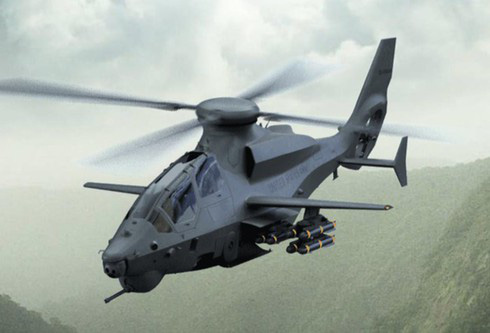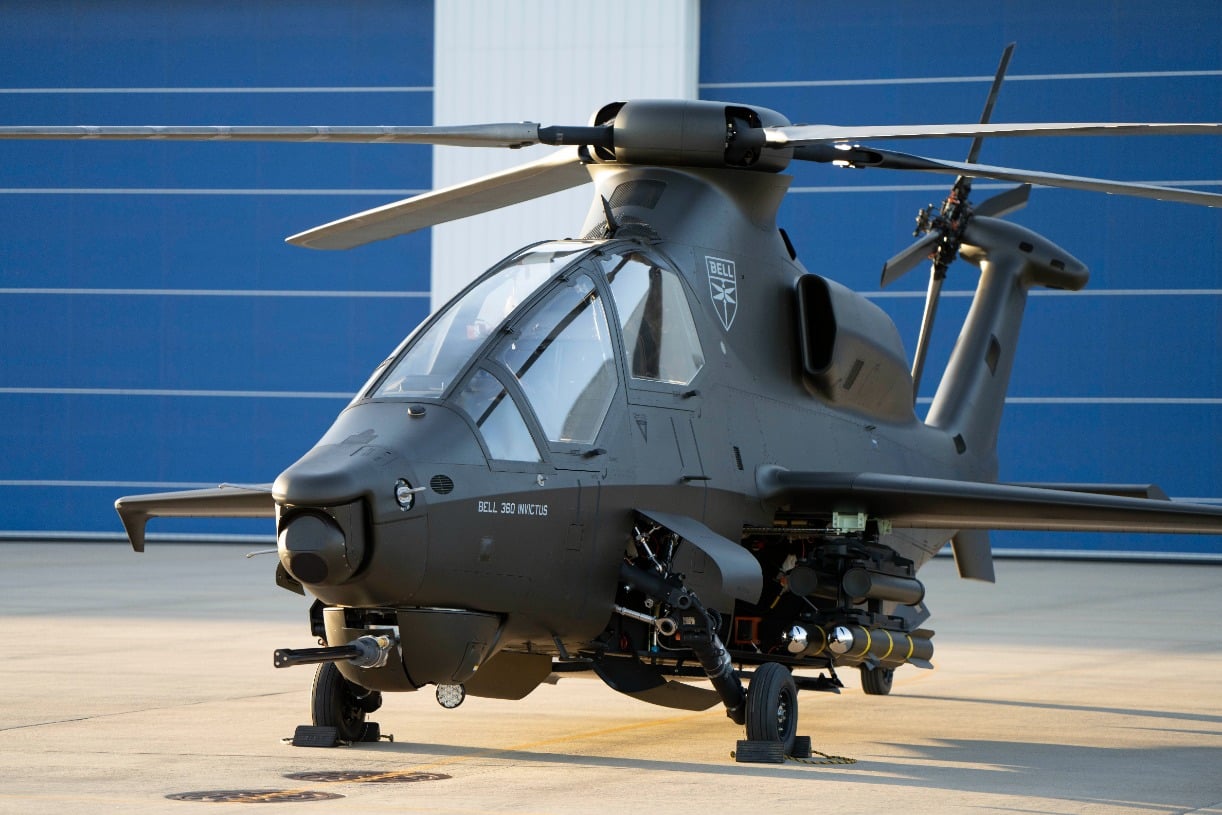The enhanced versatility afforded by an extended multifunction payload bay holds significant implications, offering a broad spectrum of potential applications, including the deployment of a diverse array of weapons and support for launching mini-drones designed for target identification and precision attacks.
In its pursuit of a cutting-edge Future Attack and Reconnaissance Aircraft, the military is placing a strategic emphasis on the capability to launch mini-attack drones. These miniature drones play a pivotal role in either locating and identifying enemy targets or executing precise and explosive engagements. The current assessment involves a careful evaluation of Lockheed-Sikorsky’s Raider X helicopter and Bell’s Invictus 360, as the army aims to integrate these advanced platforms into its arsenal for heightened effectiveness in future operations.

.

Bell’s Invictus stands out as a remarkable example of innovation, featuring an internal weapons bay designed to unleash a range of mini and medium-sized attack and surveillance drones, aptly named Air Launched Effects (ALE).
In a compelling display of capability, these miniature drones were effectively showcased by the army during its 2020 Project Convergence experiment in the Arizona desert. Operating seamlessly from a manned helicopter, they played a pivotal role in target identification, providing real-time intelligence data and video feedback. Moreover, these agile drones could autonomously function as explosives, effectively engaging and neutralizing enemy targets. Notably, during Project Convergence, they became a linchpin in the army’s AI-enabled networking framework, drastically reducing sensor-to-shooter timelines from minutes to mere seconds.
The Bell Invictus 360 is purpose-built for such missions, featuring an 82-inch long payload bay meticulously configured to minimize drag while accommodating a diverse array of weapons and ALE for multifaceted tasks. This strategic design underscores its specialized role in advancing the military’s capabilities on the modern battlefield.
